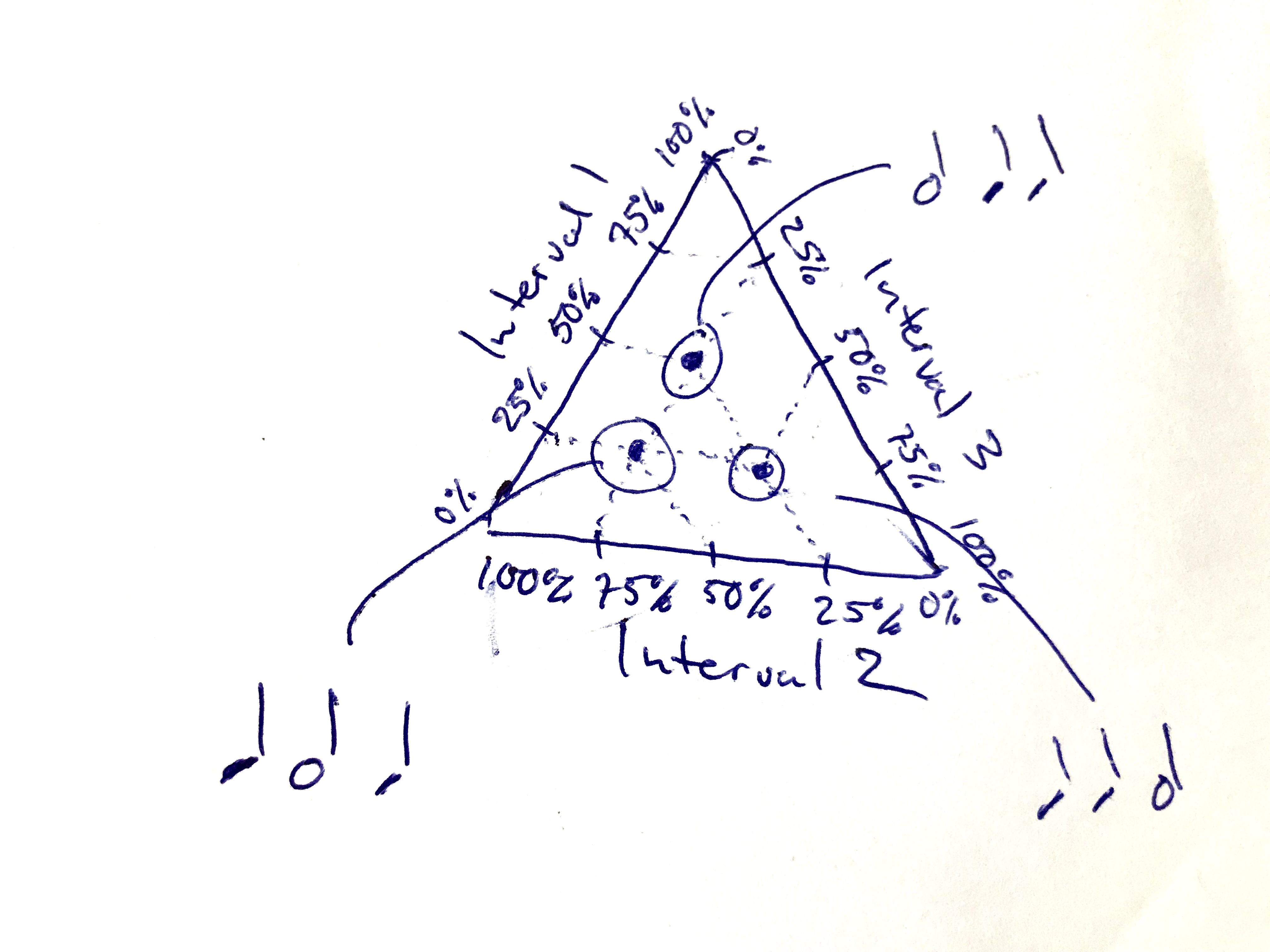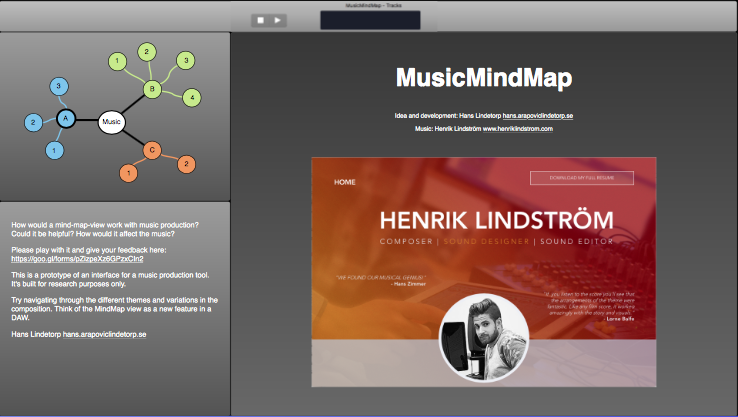I’m currently reading a course on “Interdisciplinary Perspectives on Rhythm” given by my supervisor Andre Holzapfel. It’s great. And it’s provoking.
I got a wonderful quote from N T Wright perfectly describing my feeling after reading four articles about speech rhythm for today’s session: “I’m still confused – but at a much higher level…”
This week I moved from the state of “not being aware” to “being aware of my unawareness”. I didn’t know there’s a whole academic community looking for and discussing speech rhythm. And I never thought about how difficult it is to define what a rhythm is. Most people I’ve asked think there is “rhythm” in speech. Interestingly enough, researchers still haven’t found specific rhythm patterns for different languages. There are bigger variations between different people and different moods within a language than there are between different languages.
The notion of “rhythm” is actually very hard to describe. Wikipedia tells us:
Rhythm (from Greek ῥυθμός, rhythmos, “any regular recurring motion, symmetry” (Liddell and Scott 1996)) generally means a “movement marked by the regulated succession of strong and weak elements, or of opposite or different conditions” (Anon. 1971, 2537).
But there are no regular motions in speech and still there is rhythm. Looking at music, it’s not too different. Lots of music has rhythm without being periodic, pulse based or regular.
Maybe we can get some help from research in folk music. Sven Ahlbäck gives us some useful tools where he organises rhythm into:
- “Gestalt” – a rhythmic gesture, phrase or motif
- “Periodicity” – rhythms relating to pulse, meter, periods etc
Using Svens terminology, speech is normally using the “gestalt” approach and music often rhythm relating to “periodicity”. But when we read poems with a meter or say something synchronousely we tend to bend the speech rhythm towards “periodicity”. And when the music is more “free” it will use more “gestalt”. Would this do? Are there more rhythms out there?








